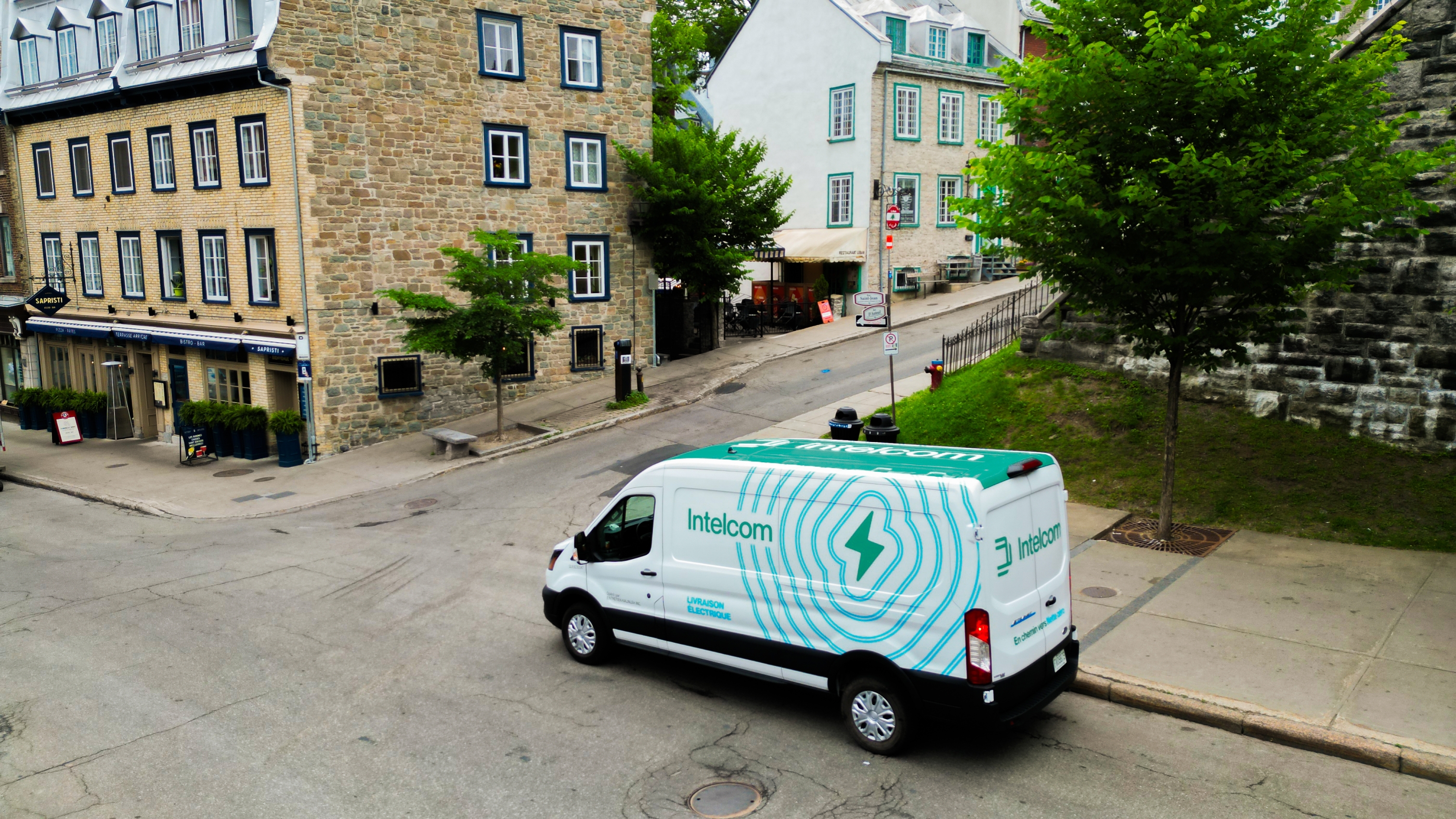Articles
How to say hello to the Canadian e-commerce market

Are you thinking about growing your online business in Canada? Or perhaps you’re a player in just one region of the country and want to test the appeal of your product with a national audience. Serving Canada’s coast-to-coast consumer market presents some rich opportunities… and some challenges. But there’s no question the country is ripe with potential for retailers who can crack the code in last-mile delivery.
Share this article
Opportunity by the numbers…
Canada has 40 million residents, the vast majority of whom enjoy a solid standard of living.
According to the U.S. International Trade Administration, “Canadians have embraced electronic commerce amid a major disruption in retail channels. In 2022, there were over 27 million eCommerce users in Canada, accounting for 75% of the Canadian population. This number is expected to grow to 77.6% in 2025.”
Likewise, industry observer Verified Market Research estimates the value of the e-commerce industry in Canada in 2024 at US$38.5 billion escalating to US$81.5 billion by 2032.

Of course, access to a proper Internet connexion is critical to the e-commerce market. In that, Canada scores well again. Statistics Canada reports that more than 90% of Canadians have access to high-speed internet; it’s expected that number will rise to 100% by 2030.
Another research house – Statista – claims that mobile internet penetration in Canada in 2025 is at 91.39%. And over again at the International Trade Administration, we’re told that 55% of Canadians made online retail purchases with their mobile devices in 2022.
So, Canadians are both predisposed to buy online and have the digital tools they need.
And a few challenges
Canada’s population is spread throughout its vast expanse. Canada is the second largest country in the world (10 million square kilometers, 3.8 million square miles).
When it comes to the country’s coastlines, Canada is tops in the world with 243,420 kilometers (151,254 miles). Added to the mix is the fact that there are 260 inhabited islands in Canada, many connected to the mainland by ferry boats. Then there are the vast rural expanses that also define the country.
Add to this, Canada spans five-and-a-half time zones and eight distinct climate regions that can mean snowstorms in the summer and heavy rains in the winter.

Home Grown
Overcoming the challenges that Canada presents when it comes to last-mile delivery is best achieved by a company that has grown and flourished within the Canadian context. Your delivery partner needs to have the comprehensive network in place and the sorting and routing technologies proven to effectively serve practically all Canadians, regardless of where they live.
In this industry, delivery drivers typically rely on apps to guide them on their daily routes. The app must be able to function when there’s no cell service. It also needs to recognize an address that – for example – requires a ferry ride to access, and build that into the equation.
The flip side? Most Canadians – 90% – live within urban centres with dense traffic, unending construction and detours, and confusing addresses. These urban challenges also need to be tamed by technology with sorting capabilities and “smart” routes that are orchestrated for efficiency to achieve the holy grail of last-mile delivery.
Last-mile delivery in Canada is one of dichotomies, one where the meaning of distance and demographics can change dramatically from day to day, from urban to rural, and from season to season. Finding a delivery company that can easily adapt to those dichotomies is the key to successfully – and profitably – expanding your business to new markets in Canada.
